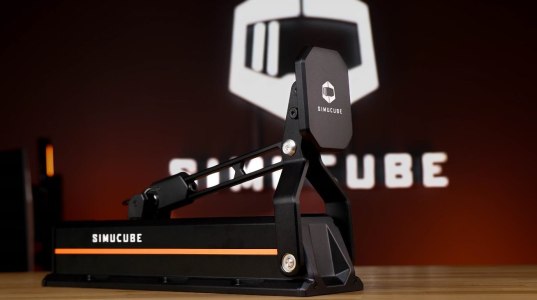A lot guys that have build the SFX100 are thinking about adding a seat belt tensioner to their rig.
Even though i would have prefered to use one the SFX100 servos doing the work, i have decided to order the parts servo seatbelt tensioner and will start building as soon as the parts arrive.
Parts needed:
Servos
https://hobbyking.com/de_de/turnigy...-servo-33kg-0-21sec-154g.html?___store=de_de1
Turnigy 5A (8-40v) SBEC für Lipo :
https://hobbyking.com/de_de/turnigy-5a-8-40v-sbec-for-lipo.html
Aduino uno
https://nl.aliexpress.com/premium/a...SB_20190116083039&origin=y&catId=0&isViewCP=y
Power supply:
Still need to order one, or if the specs of the servos allow it, i will use the 6v power supply of my GS-4
I will be copying the build from @Ringorian and @saxxon66 who have already a topic with complete instruction on the german forum.
https://forum.virtualracing.org/sho...ffer-100-Euro-(auch-Ohne-Motion-realisierbar)
Jochen en Micha, feel free to jump in and educate us
Even though i would have prefered to use one the SFX100 servos doing the work, i have decided to order the parts servo seatbelt tensioner and will start building as soon as the parts arrive.
Parts needed:
Servos
https://hobbyking.com/de_de/turnigy...-servo-33kg-0-21sec-154g.html?___store=de_de1
Turnigy 5A (8-40v) SBEC für Lipo :
https://hobbyking.com/de_de/turnigy-5a-8-40v-sbec-for-lipo.html
Aduino uno
https://nl.aliexpress.com/premium/a...SB_20190116083039&origin=y&catId=0&isViewCP=y
Power supply:
Still need to order one, or if the specs of the servos allow it, i will use the 6v power supply of my GS-4
I will be copying the build from @Ringorian and @saxxon66 who have already a topic with complete instruction on the german forum.
https://forum.virtualracing.org/sho...ffer-100-Euro-(auch-Ohne-Motion-realisierbar)
Jochen en Micha, feel free to jump in and educate us










